
8 minute read
XUANBO CAO
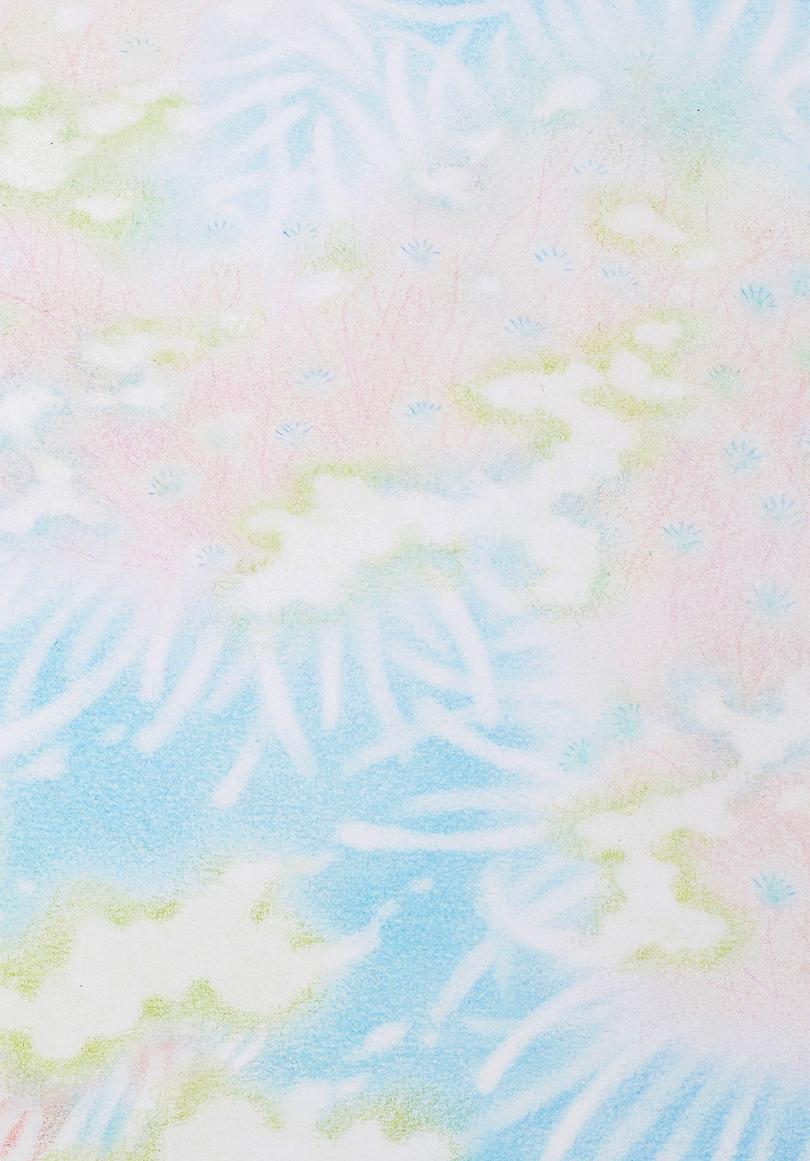
XUANBO CAO
A THOUGHT-PROVOKING DIALOGUE ON Earthly Confinement AND Inner Freedom. EXPLORE THE INTRICATE WORLD OF XUANBO CAO, WHERE EMOTIONS, NATURE, AND THE boundaries of existence CONVERGE.
ARTIST STATEMENT
Xuanbo's artistic journey is anchored in a strong academic foundation, having successfully completed her postgraduate studies in illustration at Kingston University. Her creative impulses draw extensively from the world of flora, the human experience, and her own deeply felt emotions. Her creative process serves as a channel for expressing these intricate aspects of existence that often elude the casual observer.
With her sights set on the realm of fine art, Xuanbo aspires to translate her distinctive artistic style and the subtle, often imperceptible emotions she perceives into her work. By harnessing the medium of painting, she endeavors to render visible the delicate nuances of these emotions, allowing viewers to explore and connect with the rich tapestry of feelings that permeate her art. This journey promises to offer a captivating exploration of the hidden depths within the human experience and the natural world.

ARTWORK STATEMENT
Gentle Prison - Many empathize with the marine life confined in aquariums, viewing the square glass tanks as cages that restrain them. However, it's intriguing to consider that the entirety of our planet is, in essence, a colossal enclosure.
Beyond the oceans, the plains, mountains, and deserts all serve as their own types of confinement, collectively forming Earth's vast, intricate prison. Within this complex cell, elements like oxygen, sunlight, rain, clouds, breezes, heavy snowfall, plants, animals, and even minuscule bacteria appear to be meticulously orchestrated across the Earth's surface.
In contrast, the universe beyond Earth remains eerily silent. All earthly sounds are muffled by the barrier of our atmosphere, and the gamut of human emotions - joy, anger, sorrow, and despair - unfolds solely within this expansive enclosure. It's akin to how we cannot perceive the voices of sea creatures behind the glass, isolated from their aquatic world.

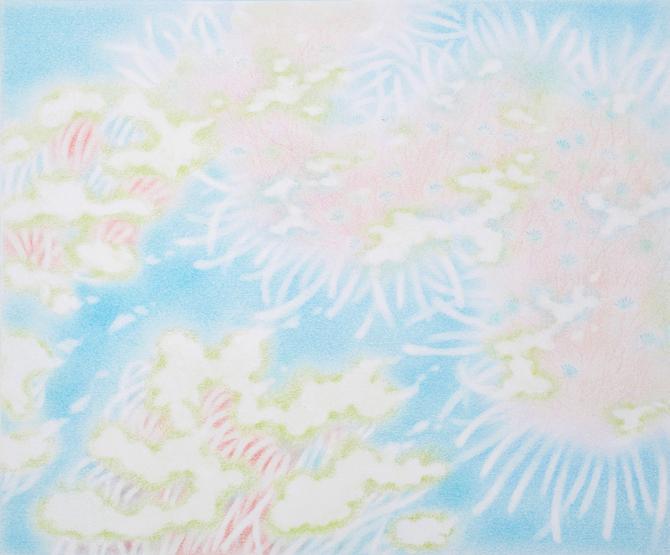


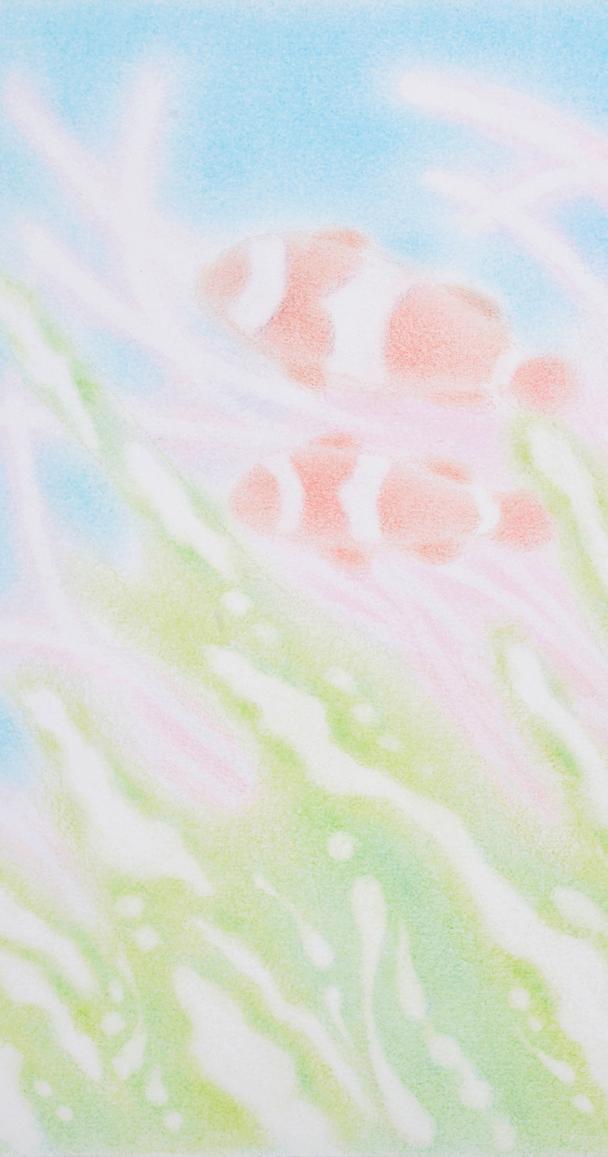
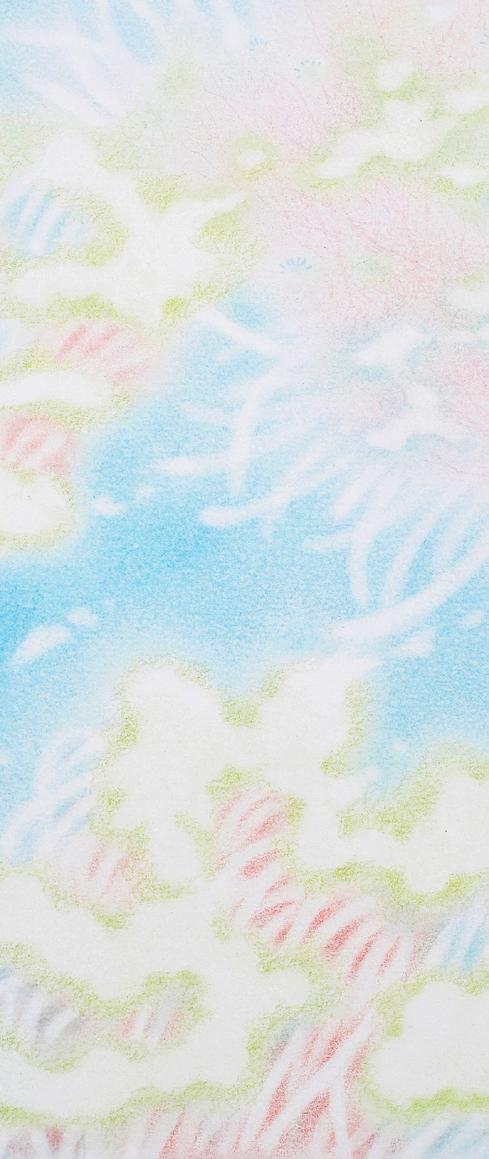


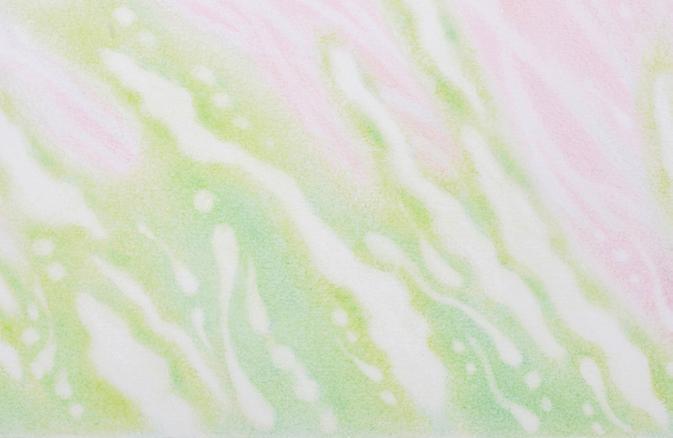
Your postgraduate degree in illustration from Kingston University has been a significant part of your artistic journey. How has this academic background shaped your approach to painting and expressing hidden emotions through your art?
During my studies, my logical thinking became more rigorous. I questioned every detail, understanding the "why" behind each decision. I believe this forms the essential foundation for any project or painting. However, painting is often a spontaneous act, so while creating, I let go of certain fixed logical patterns, striving to achieve a balanced relationship between rationality and emotion.
The inspiration for your work comes from plants, life, and personal emotions. Could you delve into how these elements converge in your artistic process to create pieces that resonate with viewers?
Life and emotions are frequently discussed topics. I enjoy extracting the most special, minute details from ordinary things and emotions, magnifying them. Observing marine life in an aquarium is a common daily activity where people admire creatures unseen on land, gaining knowledge about the ocean. Some may feel these beings are imprisoned. While observing, I contemplate the fact that once we leave Earth, we face lifethreatening situations. Oxygen, sunlight, rainwater, the food chain - Earth resembles a vast ecological bottle. We watch captive creatures; who beyond our universe watches us? Or perhaps no one does, and we're merely imagining it.
"Gentle Prison" is a thought-provoking series that reflects on the concept of cages in various contexts. Could you share the symbolic significance behind these cages and how they relate to the emotions and experiences you aim to convey?
This cage represents Earth, where gravity confines us. We lose access to oxygen and the ability to breathe beyond this boundary, risking our lives if we venture outside. While Earth offers mountains, rivers, land, plants, animals, and human consciousness, we are equally subject to natural disasters. Ecology achieves balance, and within this Earthly enclosure, we find self-sustenance and entertainment, propagating our species.
Your description of the ocean as an irregularly shaped enclosure and the Earth as a combination of multiple enclosures is intriguing. How do these perceptions influence your portrayal of nature and the universe in your art?
Because Earth's organisms, including humans, are minuscule, we can only move freely within a limited range. Even if we create spacecraft, we must carry pre-prepared oxygen and fuel, emphasising our Earthly captivity.
The concept of sounds being confined within the "cage" of Earth, while the universe remains silent, is evocative. How do you explore this dichotomy between internal and external experiences through your artistic representation?
I believe that expressing sound relies on the environment. During exhibitions, when viewers approach the artwork, sounds like the rustling of clothing, footsteps, breathing, the placement of glasses, and widened eyes can be heard beyond the glass of the painting. However, passersby outside remain unaware and indifferent, much like the universe's attitude toward Earth.
Could you provide insight into your artistic process? How do you translate complex concepts like cages and confinement into visual imagery that resonates with your audience?
I prepare the necessary pigments on a separate piece of paper. I lightly apply a small amount of pigment with my fingertip to the painting surface, establishing the overall colour scheme. Then, I deepen the colours, leaving blank spaces for detailing. Coloured pencils are used for fine-tuning. I perceive the paper as a confined space, and I draw a frame within, further restricting the imprisoned creatures. Beautiful landscapes are encapsulated and framed within a small canvas, as if preserving cherished memories.
"Gentle Prison" offers a unique perspective on our relationship with the environment and the cosmos. What impact do you hope your art will have on viewers' perceptions of the world around them and their place within it?
I hope my work evokes a sense of serenity. I also wish that viewers won't feel compelled to interpret my artwork solely based on my descriptions. Simultaneously, I hope viewers can provide me with diverse feedback, as everyone's visual experience yields unique stories and perspectives. Different ages and professions have provided me with distinct viewpoints during exhibitions.

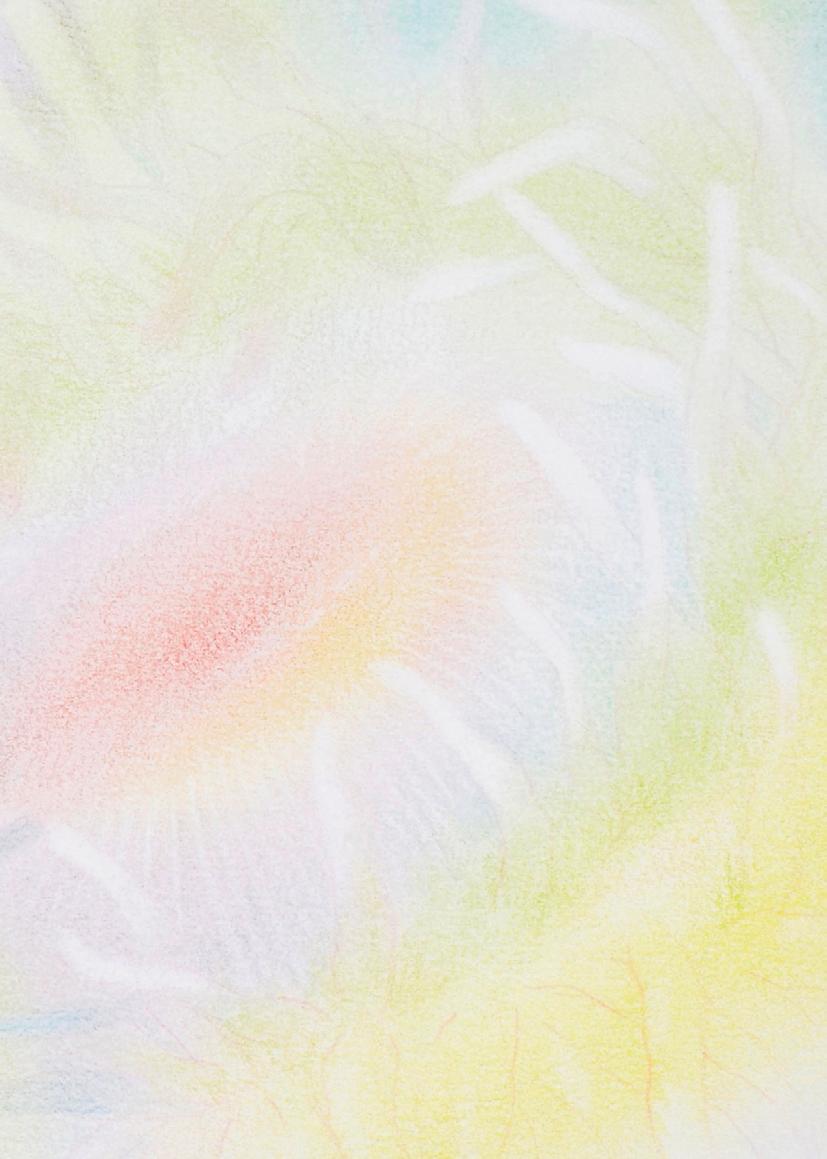
REVIEW BY SARA CHYAN
Xuanbo Cao’s work operates within a striking paradox: the world as both sanctuary and prison. Through delicate, atmospheric imagery, she constructs an illusion of boundlessness while simultaneously enforcing a sense of inescapable enclosure. Her series Gentle Prison is an exquisite contemplation on captivity—one that expands far beyond the glass walls of an aquarium to encompass the entire human condition. The notion that Earth itself is a vast yet fragile enclosure transforms her art into a meditation on existence, confinement, and the illusion of freedom.
In Gentle Prison, Xuanbo’s treatment of space is both subtle and profound. Her compositions, often soft yet sharply delineated, echo the quiet loneliness of creatures encased in their own environments. The precision in her mark-making suggests a deep sensitivity to detail, where every element—whether a whisper of pigment or the careful construction of negative space—carries a weight of meaning. The textural quality of her surfaces, combined with an almost dreamlike palette, creates an eerie calmness. This serenity is deceptive, however, as it invites viewers to confront an unsettling realisation: the supposed openness of our world is nothing more than an intricately structured confinement.
Xuanbo’s conceptual approach draws attention to the fragility of our ecological and existential positioning. Her perspective on humanity as a species bound by gravity, reliant on oxygen, and restricted by the very laws of nature challenges the notion of freedom. The works function as mirrors—what we perceive as external observation of marine creatures in tanks is, in fact, an introspection into our own limitations. By doing so, she compels the viewer to question who, if anyone, is watching us from beyond.
There is a quiet poetry in Xuanbo’s handling of materials and imagery. The contrast between control and spontaneity in her technique reinforces the duality at the heart of her work: rigid structures containing ephemeral beauty, microcosms within macrocosms. Her ability to translate complex philosophical inquiries into arresting visual language positions her as an artist of depth and introspection. Gentle Prison is not merely an artwork—it is an invitation to reconsider our place within the infinite silence of the cosmos.










